In the Codex Canadensis by Louis Nicolas (1634–post 1700), a document of the people, plants, and animals of New France, one of the highlights is a single page that opens the section on birds. Here, the seventeenth-century Jesuit missionary designates most of the birds by colour and classifies them by habitat and size: “yellow bird” (number 1), “red finch” (2), “red and black finch” (3), and “royal blue bird” (4), though number 6 has a longer caption: “American sparrow, whose plumage is quite varied. In the winter it is white; in other seasons it is grey mixed with other colours.” It is one of the few pages on which the beautifully marked quill-and-ink drawings are enhanced with watercolour (or perhaps tempera).
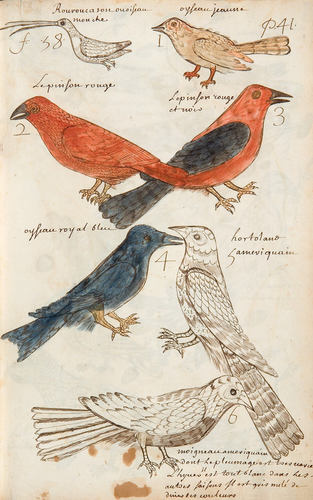
Louis Nicolas, Birds, n.d.
Ink and watercolour on paper, 33.7 x 21.6 cm, Codex Canadensis, page 41, Gilcrease Museum, Tulsa, Oklahoma
Despite the vague descriptions in the captions and his limited knowledge of taxonomy, Nicolas was sufficiently accurate to enable modern ornithologists to identify the birds from the drawings. The seven shown here have been identified by Michel Gosselin: the “Rouroucasou ou oiseau mouche” (top left) is the ruby-throated hummingbird; then, numbered one to six, the “oyseau jeaune,” the American yellow warbler; the “pinson rouge,” the purple finch; the “pinson rouge et noir,” the scarlet tanager; the “oyseau royal bleu,” the eastern bluebird; the “hortoland ameriquain,” the bobolink; and the “moigneau ameriquain,” the snow bunting.
This Spotlight is excerpted from Louis Nicolas: Life & Work by François-Marc Gagnon.
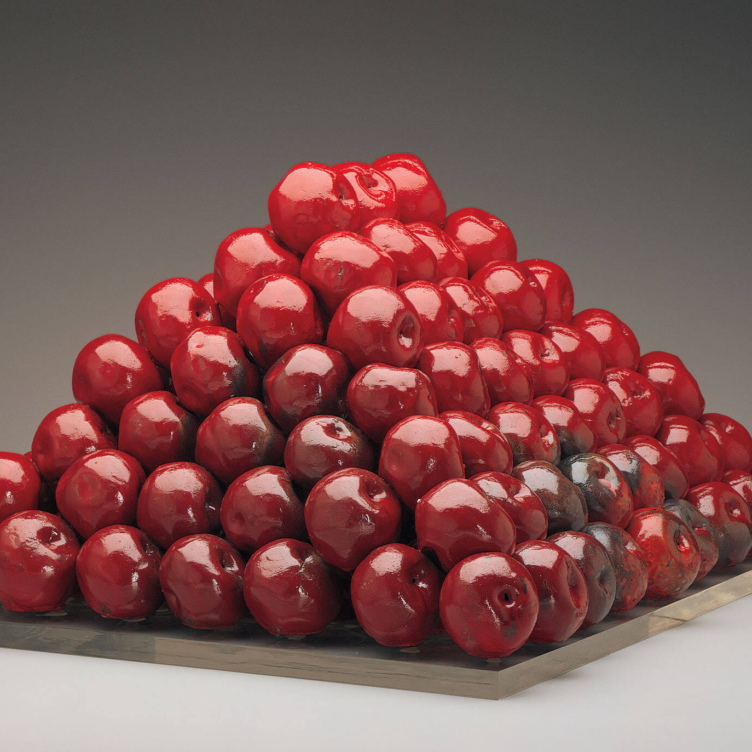 Pyramid Scheme
Pyramid Scheme
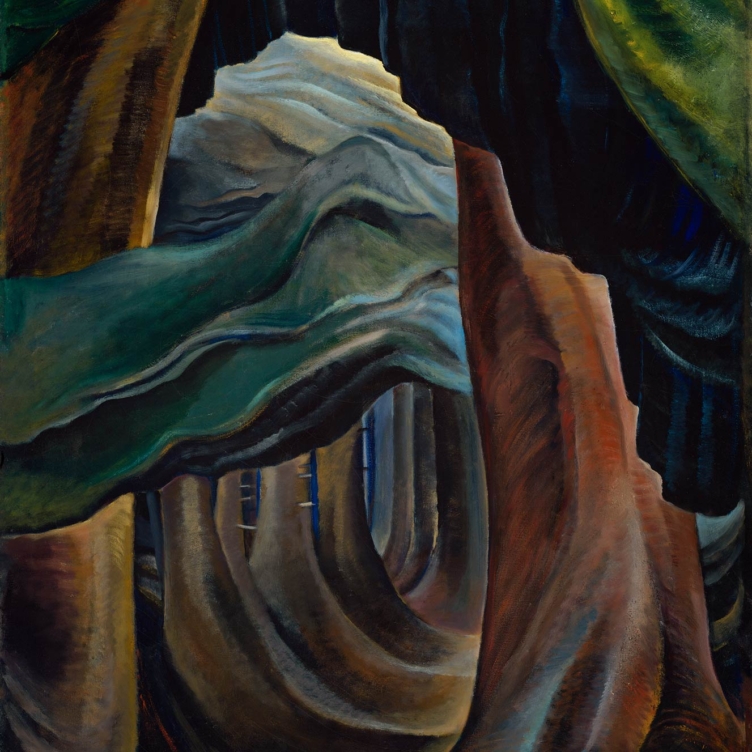 Transportive Trunks
Transportive Trunks
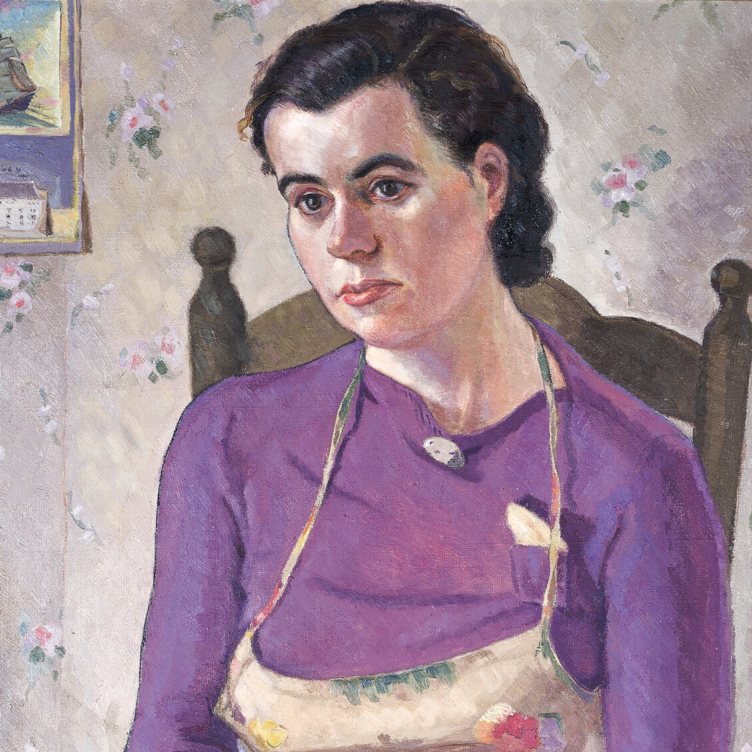 The Military Mate
The Military Mate
 Looking Up on the World
Looking Up on the World
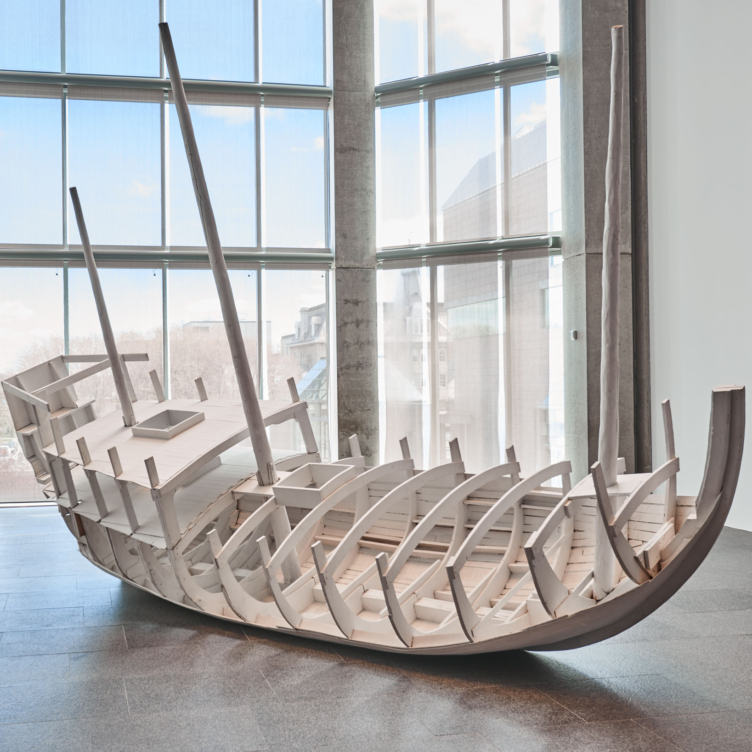 Vessel of Despair
Vessel of Despair
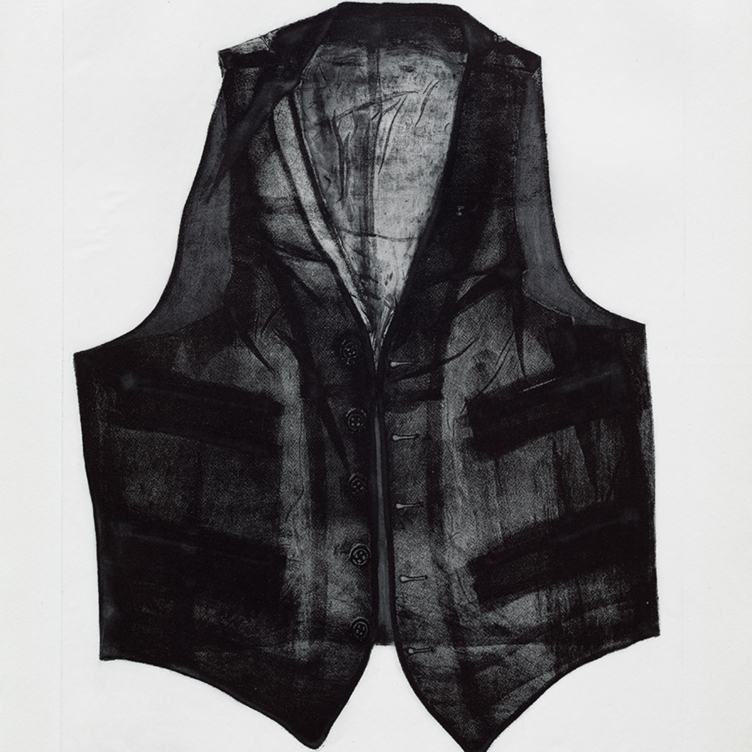 Layers of Meaning
Layers of Meaning
 In Parallel to Nature
In Parallel to Nature
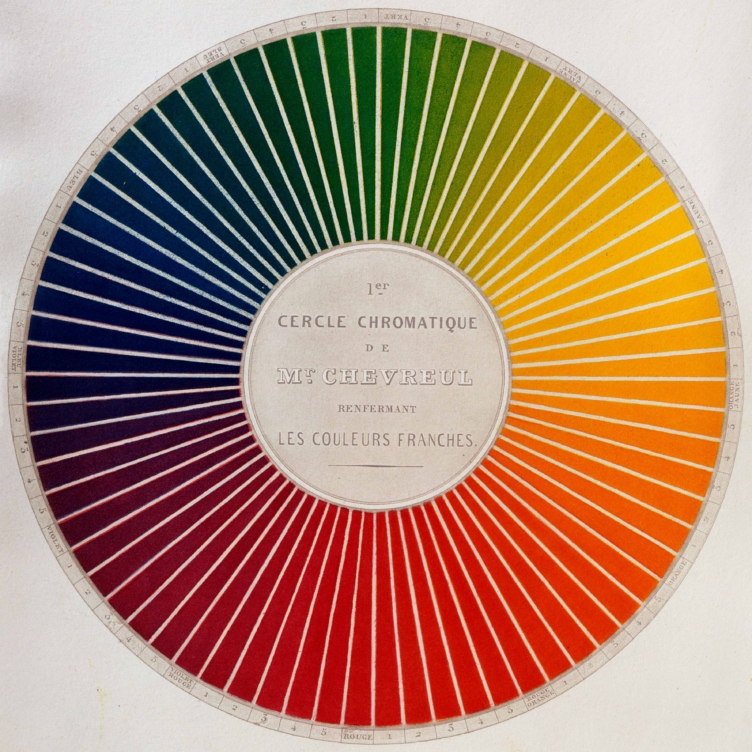 Wheel of Fortune
Wheel of Fortune
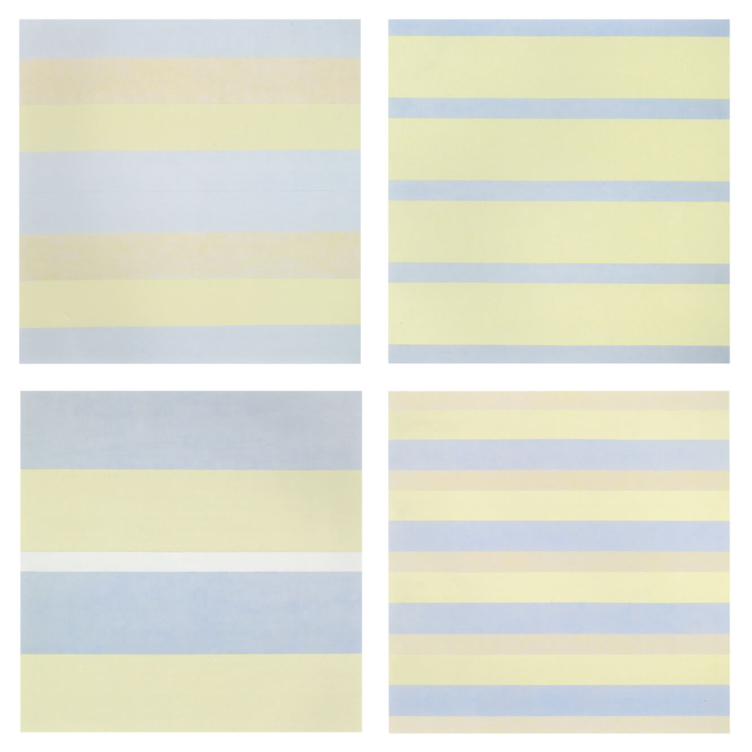 Paintings after emotional states
Paintings after emotional states
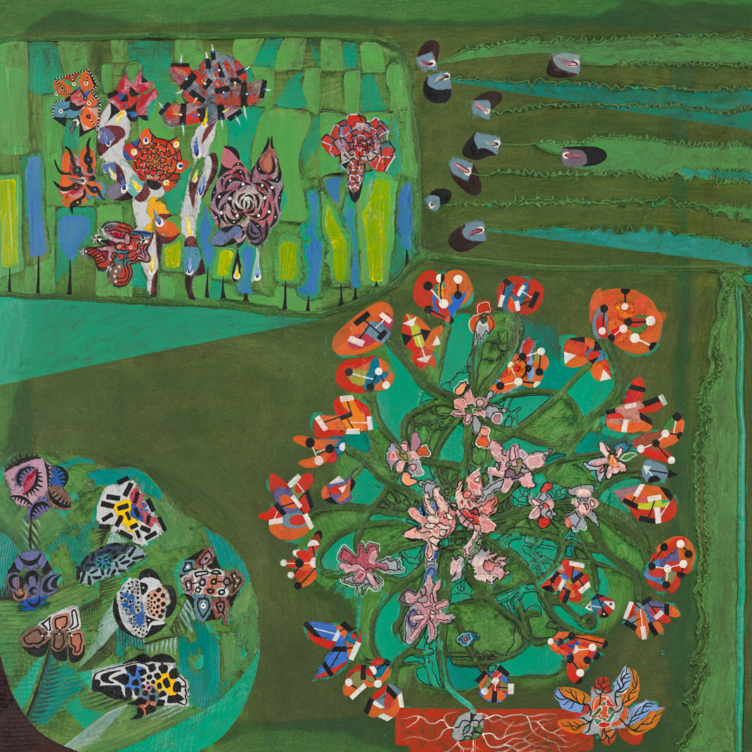 Garden of Delight
Garden of Delight
 Stitching the Archives
Stitching the Archives
 A Working-Class Hero
A Working-Class Hero
 Imagining Entangled Futures
Imagining Entangled Futures
 Bridging Far and Near
Bridging Far and Near
 Soft Power
Soft Power
 Imagining Emancipation
Imagining Emancipation
 A Priceless Portrait
A Priceless Portrait
 Meditation in Monochrome
Meditation in Monochrome
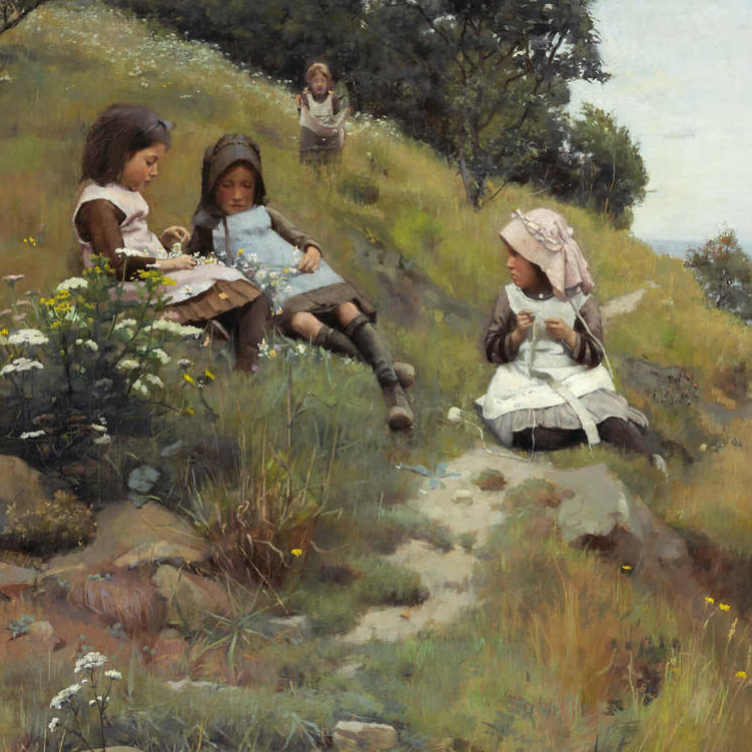 Making His Mark
Making His Mark
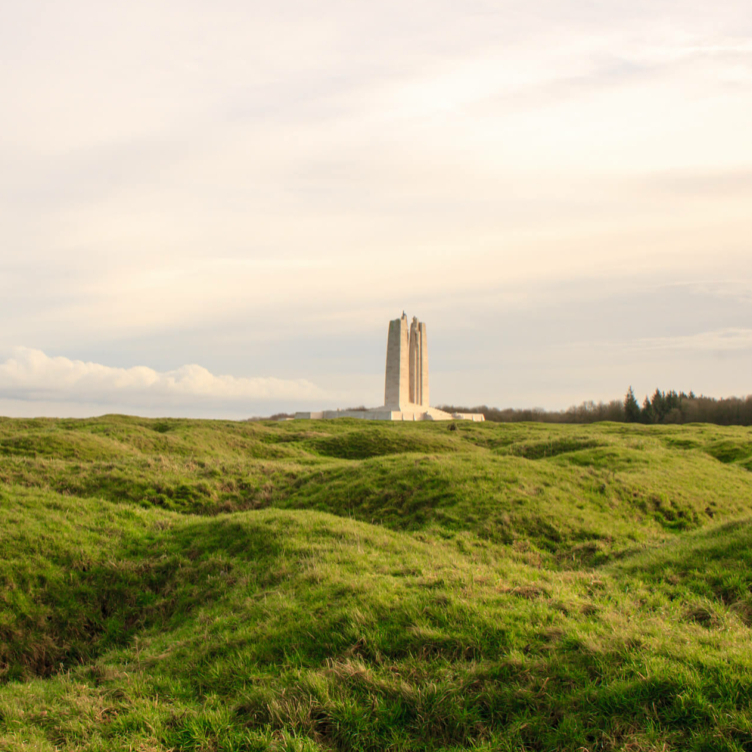 Honour and Sacrifice
Honour and Sacrifice